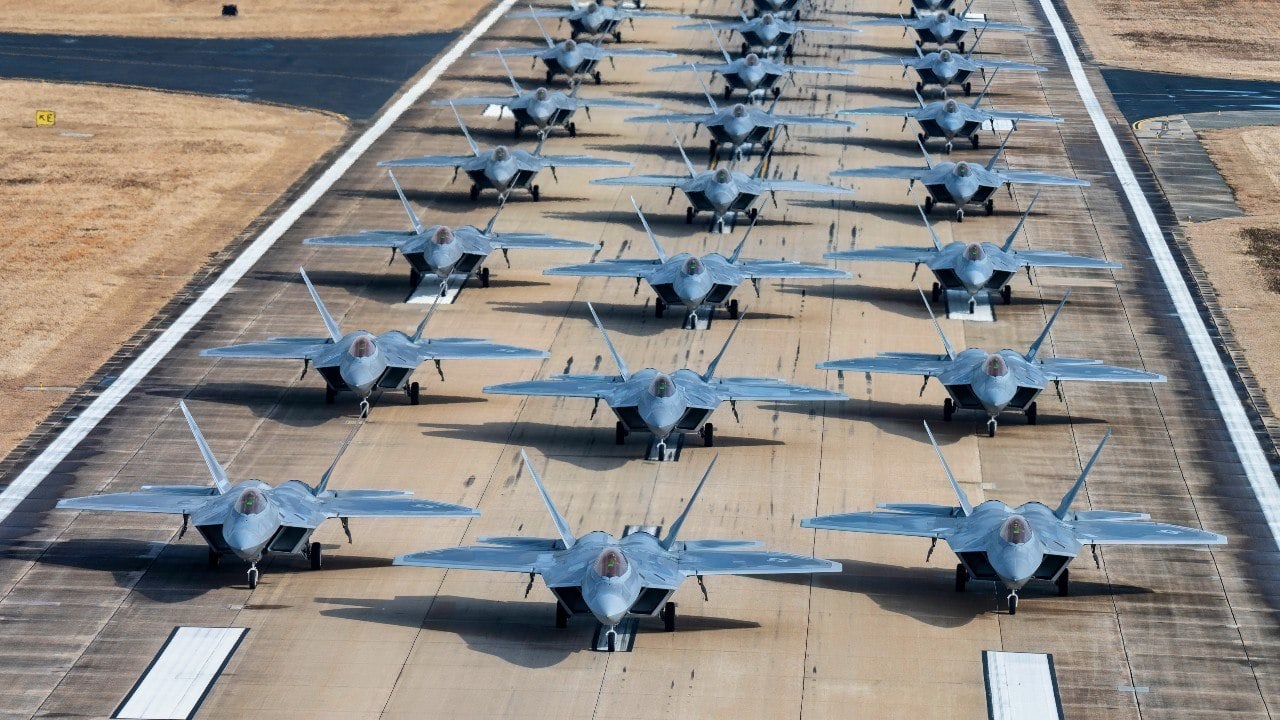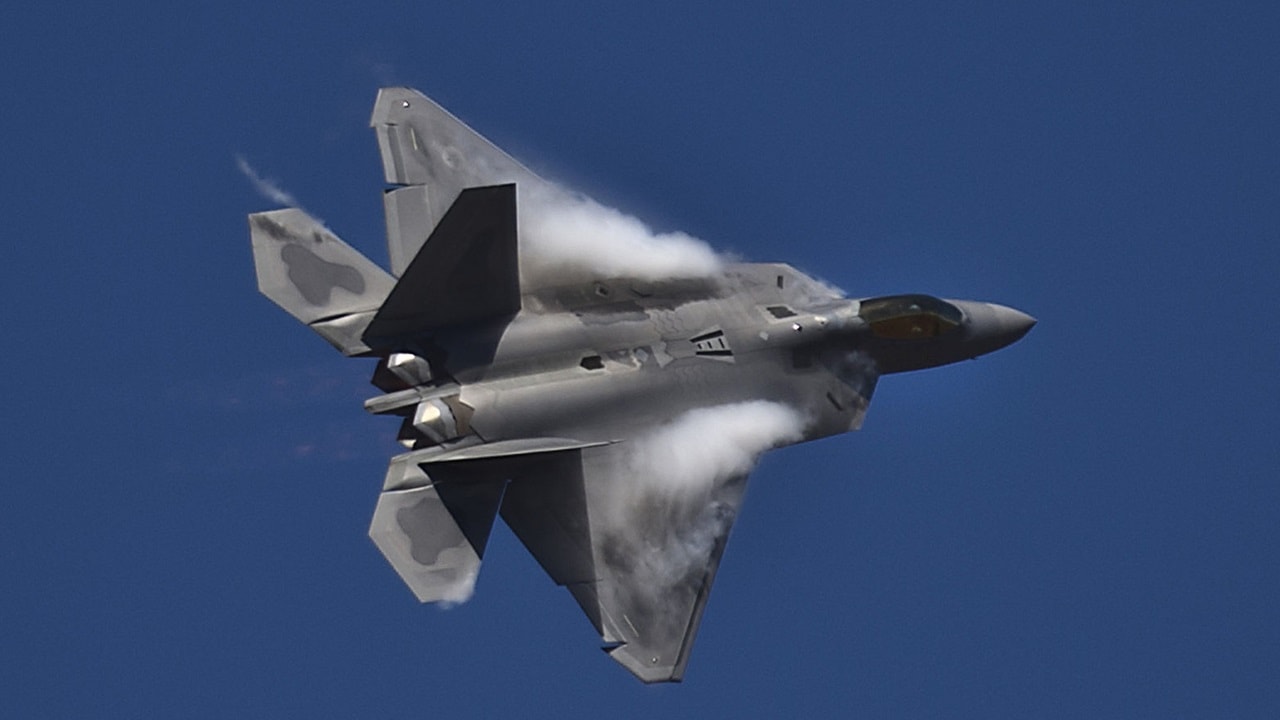It’s a question quietly circulating inside the halls of the Pentagon, whispered among defense analysts, and beginning to take root in certain congressional offices: should the United States export the forthcoming F-47 sixth-generation fighter to allies?
The Weapon Is Exports: Would the F-47 Really Ever Come Up For Sale
The answer is yes—but only if we’re brutally honest about what the program is, what it isn’t, and what selling it would actually mean for America’s strategic posture.
The F-47, the Air Force’s centerpiece of its Next Generation Air Dominance (NGAD) initiative, is not just another weapons platform. It is a flying ecosystem, a family of systems designed to ensure air dominance against peer adversaries—meaning China and, to a lesser extent, Russia—well into the 2040s. Exporting such a capability isn’t like selling upgraded F-16s to regional partners. It’s more like handing your playbook to your most trusted teammates in a war you haven’t fought yet—but know is coming.
So yes, we should sell the F-47. But we need to be deliberate—ruthlessly deliberate—about to whom, how, and why.
Let’s start with the obvious: America’s top-tier allies want in. Japan has already signaled deep interest, as has the United Kingdom, both of whom are also heavily invested in the related Global Combat Air Programme (GCAP). Australia is another likely candidate. These aren’t casual partners looking for shiny new jets; they’re frontline states in the emerging strategic geometry of the Indo-Pacific. If deterrence in that theater is going to hold, these allies must have more than upgraded fourth-gen aircraft and a handful of F-35s. They need access to the kinds of capabilities that will shape the next air war—not trail behind it.
Selling the F-47 to such states makes good strategic sense. It distributes capability, thickens the collective defense network, and creates the kind of interoperability that matters in a high-end fight. This isn’t about burden-sharing in the abstract. It’s about building a credible coalition deterrent that can survive and strike in a denied environment. The more nodes in that network—the more platforms that can speak the same stealth-language, operate within the same kill web, and survive in the same A2/AD envelopes—the better.
Critics will say the F-47 is too advanced to share, that it would compromise American technological edge or operational secrecy. But that argument is wearing thin. We’ve been hearing variations of it since the 1970s, when the F-15 and F-16 were initially held back from export. Then again with the F-22, which Congress foolishly locked down—only to discover that by the time the F-35 arrived, the world had changed and trusted allies needed more than leftovers from our fifth-gen table. The lesson? Technological hoarding is not a strategy. In fact, it often undercuts the very coalition capability we end up needing most.
But this isn’t a call to throw open the hangar doors. Selling the F-47 must be governed by strict criteria. First, the buyer must already be fully embedded in U.S. defense frameworks—not just in name, but in practice. That means deep interoperability, shared threat assessments, intelligence fusion, and logistical integration. Think Japan, Australia, Britain—not Qatar, Saudi Arabia, or even Germany.
Second, sales must support, not undercut, U.S. force posture. That means anchoring the F-47 where it can have the most strategic effect: the Western Pacific. The goal isn’t to turn allies into mini-me versions of the U.S. Air Force, but to build a distributed force architecture that can complicate enemy planning, reinforce American capabilities, and impose real costs on any potential adversary. A Japanese F-47 squadron, operating with U.S. and Australian counterparts in a seamless web, does more for deterrence than a dozen solitary U.S. squadrons operating without backup.
Third—and this will ruffle feathers—the F-47 must not be treated as a commercial product. It is a strategic asset, and decisions about its sale must be made through the lens of grand strategy, not industrial base lobbying or congressional pork-barrel politics. That’s going to be a tough pill for Lockheed Martin and Boeing to swallow. But if the F-47 ends up being hawked like a Ford-class carrier or a Freedom-class LCS, we’ll have learned nothing. Worse, we’ll have risked everything.
Critically, the F-47 program must also avoid the F-35’s pitfall: the temptation to sell widely in order to reduce unit costs. That road leads to dilution of capability, complexity in sustainment, and political headaches when customers falter in their commitments. The F-35 became a diplomatic Swiss Army knife—good for building relationships, terrible for building warfighting mass. The F-47 must be the opposite: a scalpel in the hands of those with steady, capable hands.
Let’s also dispense with the fantasy that selling the F-47 undermines American air dominance. In reality, it extends it. Every F-47 in allied hands adds to the mosaic of combat power the United States can draw upon in a contingency. And make no mistake—Washington will draw upon it. In the event of a Taiwan crisis, a Korean flashpoint, or a sudden need to reinforce the Second Island Chain, U.S. planners will not hesitate to lean on allied F-47 squadrons the same way naval commanders count on Japanese Aegis destroyers and Australian submarines today.
If we deny allies the F-47, we’re not just preserving American exclusivity. We’re weakening the coalition we will need to win. It’s that simple.
Of course, none of this absolves the U.S. of its own procurement obligations. Washington must field its own F-47 fleet in real numbers, on real timelines, with real strategic intent. But selling the platform to close allies doesn’t compete with that—it complements it. In fact, it could enhance the production base and drive innovation through collaborative development cycles. Shared platforms mean shared upgrades, shared sustainment burdens, and shared tactical evolution. That’s the future of allied airpower. And it’s long overdue.

Aircraft from the 1st Fighter Wing conducted an Elephant Walk at Langley Air Force Base, Virginia, Jan. 31, 2025, showcasing the wing’s readiness and operational agility. This demonstration highlighted the wing’s capability to mobilize forces rapidly in high-stress scenarios. The wing’s fleet includes F-22 Raptors and T-38 Talons. As Air Combat Command’s lead wing, the 1 FW maintains unparalleled combat readiness to ensure national defense at a moment’s notice. (U.S. Air Force photo by Tech Sgt. Matthew Coleman-Foster)
There’s also a deterrent logic at play. Selling the F-47 to a select group of allies signals to China and others that the United States is serious about moving beyond tripwire defense models and toward something more distributed, resilient, and lethal. Beijing has long bet that U.S. allies will falter, or that America will hesitate to escalate. A regional network of F-47 operators upends that calculus. It creates doubt in the minds of Chinese planners. And in deterrence, doubt is everything.
So yes—sell the F-47. But don’t make it a free-for-all. Don’t make it a boondoggle. And above all, don’t make it a rerun of the F-35’s overhyped, oversold saga. Get the strategy right, and the sales will follow. Get it wrong, and we’ll spend the 2030s wondering why our most advanced fighter jet can’t win the wars it was built to deter.

A U.S. Air Force F-22 Raptor from 94th Fighter Squadron Langley Air Force Base, Va., takes off to perform an aerial demonstration for an estimated 180,000 spectators at the Australian International Airshow, March 2, 2013 at Avalon Airport in Geelong, Australia. The F-22 demo team are currently deployed to the 18th Fighter Wing, Kadena Air Base, Japan to support pacific theater operations. This is the first official demonstration of the F-22 Raptors capabilities at an airshow outside the United States. The Australian International Airshow 2013 (AIA13), is held biennially, and is one of the largest international trade shows in the Pacific. The Airshow is expected to draw 350,000 visitors and has featured 500 defense exhibitors from 35 countries and is designed to bolster business opportunities in the international aviation sector. U.S. Pacific Command (USPACOM) participation in AIA13 directly supports theater engagement goals and objectives and further enhances relationships with other Pacific nations. (Department of Defense photo by U.S. Air Force Tech. Sgt. Michael R. Holzworth/Released)
The F-47 is not just a weapon—it’s a wager on the future of great power competition. If we’re going to place that bet, we’d better choose our partners wisely.
About the Author: Dr. Andrew Latham
Andrew Latham is a non-resident fellow at Defense Priorities and a professor of international relations and political theory at Macalester College in Saint Paul, MN. Andrew is now a Contributing Editor to 19FortyFive, where he writes a daily column. You can follow him on X: @aakatham.

